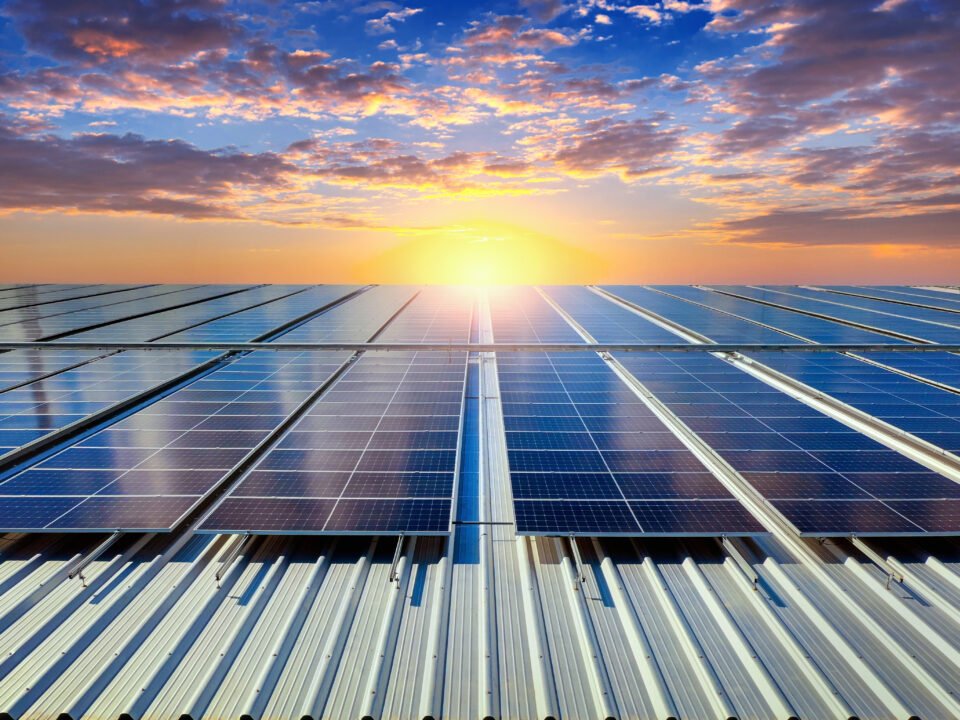Sunlight-based charger producers make their frameworks as extreme as conceivable since
they’re continually presented to components. Sunlight-powered chargers are sufficiently strong to endure a storm among other intense conditions.
Fortunately you for the most part don’t need to stress over typhoon winds, downpours, or hail
destroying or harming your sunlight-based chargers since they’re worked to be tough. However, you’ll need to avoid potential risks before any typhoons hit.
HOW DURABLE ARE SOLAR PANELS?
Sun-powered chargers may appear to be delicate since some are made of glass, however
great, thick safety glass is very amazing.
In any case, sun-powered chargers made of monocrystalline silicon are significantly more typical and have more noteworthy solidness in general. Monocrystalline silicon is made by softening unadulterated silicon and framing it into bars, then, at that point, cutting it into wafers. The cleaner the silicon, the more effective your sunlight-based chargers are.
SunPower sun-powered chargers are made of monocrystalline silicon and have strong copper
support and thick connectors, making them more sturdy than some other sunlight-powered
charger on the planet. Sunlight-based chargers from SunPower likewise brag the most reduced debasement rate and in this manner a more extended life expectancy.
Makers additionally thoroughly test their items and seek after outsider checks to guarantee their sun-powered chargers can endure a storm and its hardest conditions including high-power twists, huge hail, and weighty downpour.
WHERE DO HURRICANES HIT?
Storms that hit the U.S. commonly happen on the Atlantic and Gulf of Mexico drifts, and can
even venture out 100 to 200 miles inland. Storms likewise strike Puerto Rico, the U.S. Virgin
Islands, Hawaii, and other U.S. domains in the Pacific sea. And keep in mind that
exceptional, they can even hit the Southwest district of the U.S.
It’s probably nothing unexpected that Florida has seen the most typhoons of any U.S. state. Its situation between the Gulf of Mexico and the Atlantic Ocean makes it very defenseless to
hurricanes coming in from one or the other side. Since the beginning of the Saffir-Simpson
Scale in 1851, which sorts tropical storms by their seriousness, Florida has encountered an
astounding 41% of 292 all-out typhoons.
Texas is one indent down from Florida, seeing the second most tropical storms. It’s considerably more inclined to be hit because of its situation right over the Gulf of Mexico, which is known to work up probably the most serious hurricanes.
Impacts OF HURRICANE WEATHER ON SOLAR PANELS
The downpour has no genuine adverse consequence on sunlight-based charger frameworks.
Sunlight-based chargers and their connectors are tough and waterproof. You will not need to
stress over them self-destructing when the downpour begins pouring down.
Indeed, the remaining precipitation drops on your boards can really positively affect your energy age. Water is intelligent, so those drops will draw in light and lift energy age when the sun reappears later in a rainstorm.
Downpour is likewise useful in washing away soil and trash from your sunlight-based chargers. This keeps them clean for plentiful daylight retention.




